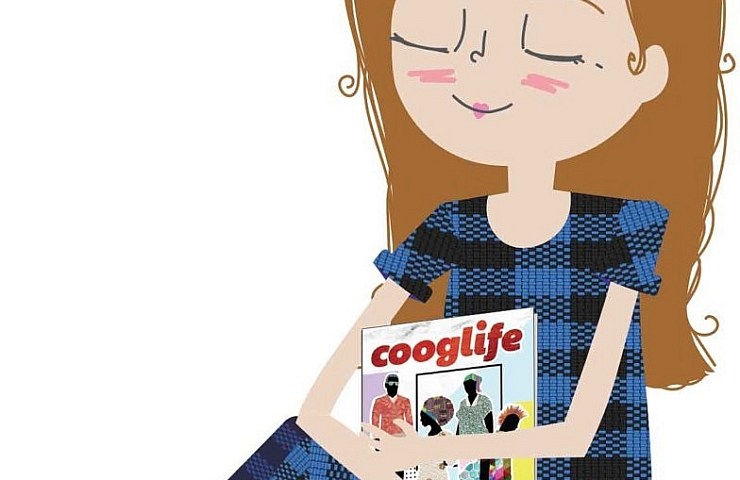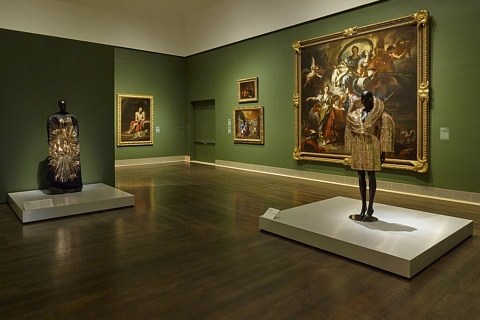Every Sunday afternoon, my mom used to drag me to the open-air market where the neighborhood tailor (yes, I said tailor) set up his dusty, working-since-1967 sewing machine.
“Can we measure out enough material for two outfits, one with a headdress?” said my mom—only she said it in Bambara, the native language of Mali.
It was hot, and the bolts of stiff batik buzzed through the rickety sewing machine, while the tailor—his name was Moussa—told my mother about business and the latest trends in the world of African couture.
For the first ten years of my life, I grew up in West Africa, where fashion did not mean runways, models and high-end designs. When I was growing up, I saw the world of fashion through the eyes of a different culture, and it was beautiful.
The typical outfit consists of three pieces of cloth: one wrap-around skirt called a panya, a matching top featuring ruffled sleeves, and—if you’re really feeling fancy—a headdress to top it all off.
I almost always sported a T-shirt and pair of shorts when inside our house, but before we went anywhere I’d rummage through my drawers and begrudgingly pick out a panya to wrap around my waist. At 10 years old, I wasn’t a fan of the social expectation in Mali for women to cover their legs.
But no two of the skirts were the same, and I loved that. My favorite panya was blue with intersecting lines of indigo and navy running through it. Coming in at a close second was my panya with red, green and yellow—the colors of the Malian flag—blazed brilliantly all over it. On special occasions, my family would don our matching, bogolan panyas and headdresses.
Growing up in Mali, I never paid much attention to the hottest trends, but I do remember the way I felt when I slipped on an outfit our neighborhood tailor designed for me. Malian fashion isn’t so much what you wear, but how you wear it—another part of its individualistic, multi-colored beauty. It doesn’t follow the norms of what I see in fashion magazines today, and I miss that.
Fashion as a whole is an exciting component of culture—a beautiful, specific statement about not only clothes and accessories, but each individual. Of course, the retail value of fashion has created a market where accessories and clothes are sold as necessary and trendy. But fashion is an accessory to who you are. It should be worn proudly, the way you want to design it.
At Cooglife, we believe fashion is something more than material fads and catwalks down million-dollar runways. Inside these pages, you’ll find an attempt to illustrate the wide world of fashion by showcasing the individual, beautiful, patch-work pieces that make up who we are, no matter our culture or style.
No two tailors ever cut material in identical patterns, anyways.





Recent Comments